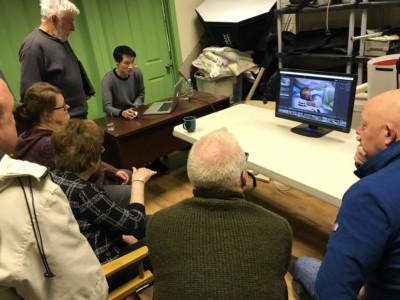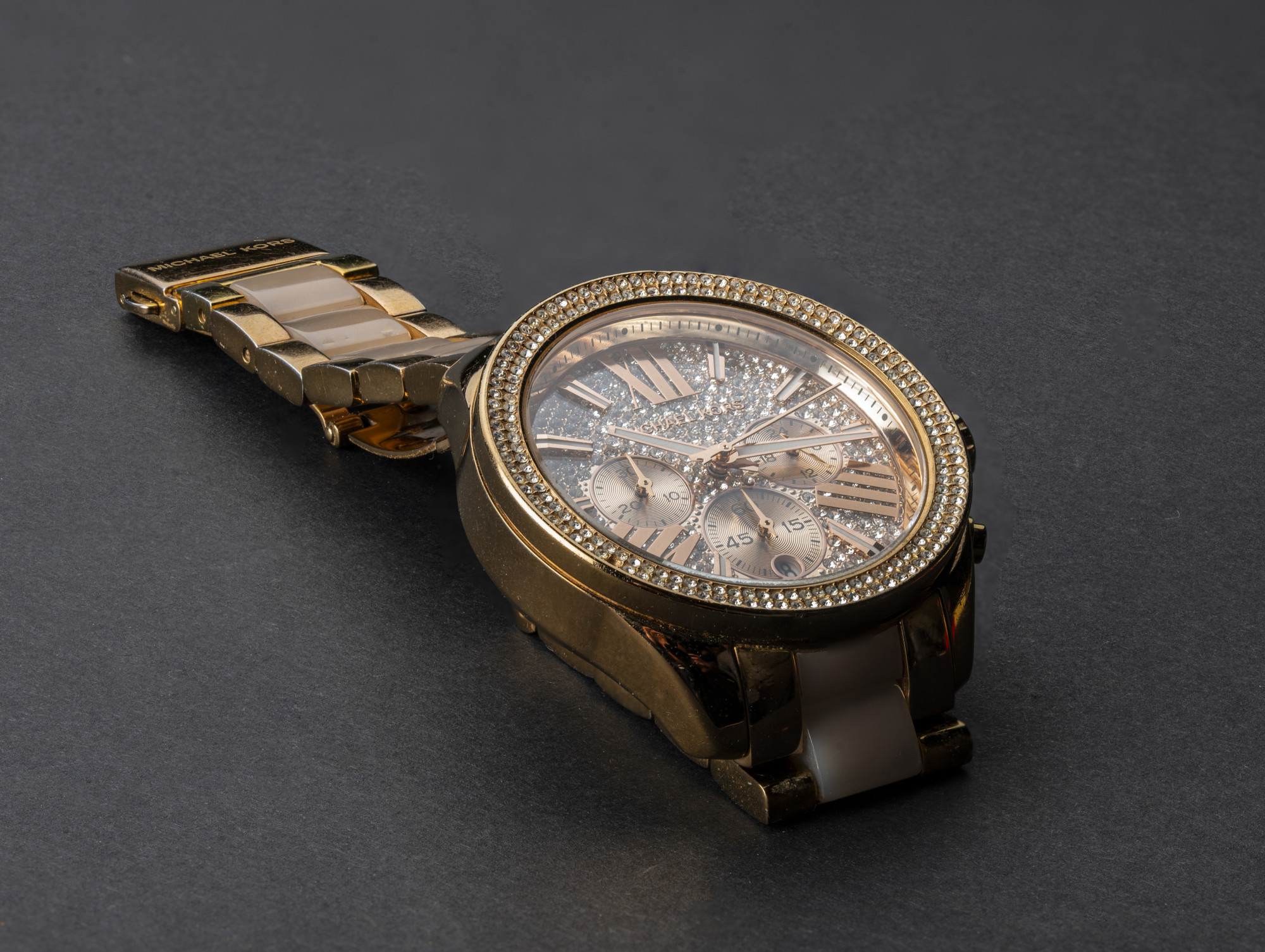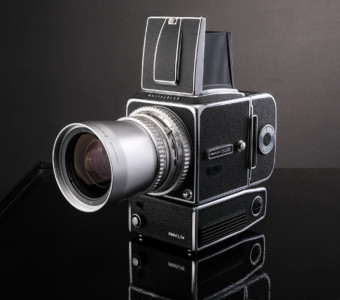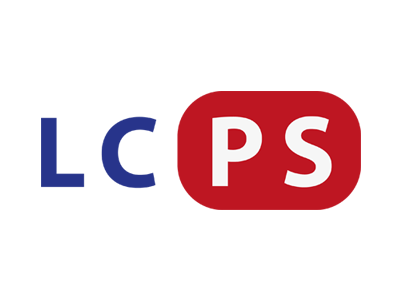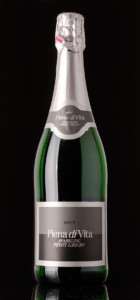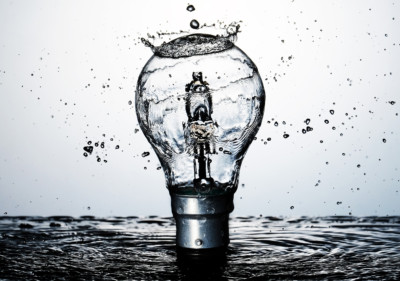Continuous auto-focus, latest flash equipment and photographing ceramic artwork
The evening started by Trevor demonstrated how to set the camera to continuous auto-focus on his Nikon camera. From tracking , multi-zone to 3D continuous auto-focus. The use of ‘back button focus only’ was set on the camera, so when shutter was pressed, it would not interfere with the auto-focus. Other members contributed with their experience of using these settings. The demonstration was extremely useful when photographing moving subjects. Norman showed these settings on his Fuji camera, which was helpful because Sue E and Sue M are Fuji users. Simon was able to work out where the same settings on his Canon camera. Wing cannot wait to go out to try it out.
Dave E and Norman showed off their latest flash equipment acquisition. Norman bought the Godox Ving V860II-F2.4G flashgun which has a guide number of 60. Some of the amazing functions include TTL, HSS unto 1/8000s flash duration and built-in radio receiver. It came with the Godox Xpro-F TTL remote transmitter. Some of the accessories include softbox, snoot, coloured gels, etc. All for £221.
Dave E showed us his location flash lighting kit – Nikon SB-900 speedlite, Godox Ving V860II-N, and the powerful PIXAPRO© PIKA200 portable battery powered TTL mini flash (AD200). Dave E demonstrated the PIKA200 with interchangeable heads, one with modelling lamp, modifiers (reflectors and perspex dome, etc). At full power setting, the flash almost blinded us all. Here are some links to these equipment:-
https://www.linkdelight.com/index.php
Ray demonstrated the use of bounce flash and how he purposefully underexposed using manual settings and letting the flash automatically compensate the difference. He tested one method by bouncing off a white poly board in the studio to photograph our model Walter. He also explained how light falls off as it travels further away. Photos of the demonstration are found below and if you mouse hover over them you will find the camera and flash settings used.
After the break, Wing set up to photograph Freya’s ceramic artwork. The main criteria were – the sensor or film plane should be parallel to the artwork, lighting should be even all over, camera should be far enough from the artwork to minimise the perspective error. As these are highly reflective surface, there is a need to eliminate unwanted reflection. Everyone assisted Wing with setting up. Wing explained step by step from setting up to the shooting of the artwork. Everyone also help with the dismantling of the set afterwards.
Freya’s website www.freyalevydesigns.com




